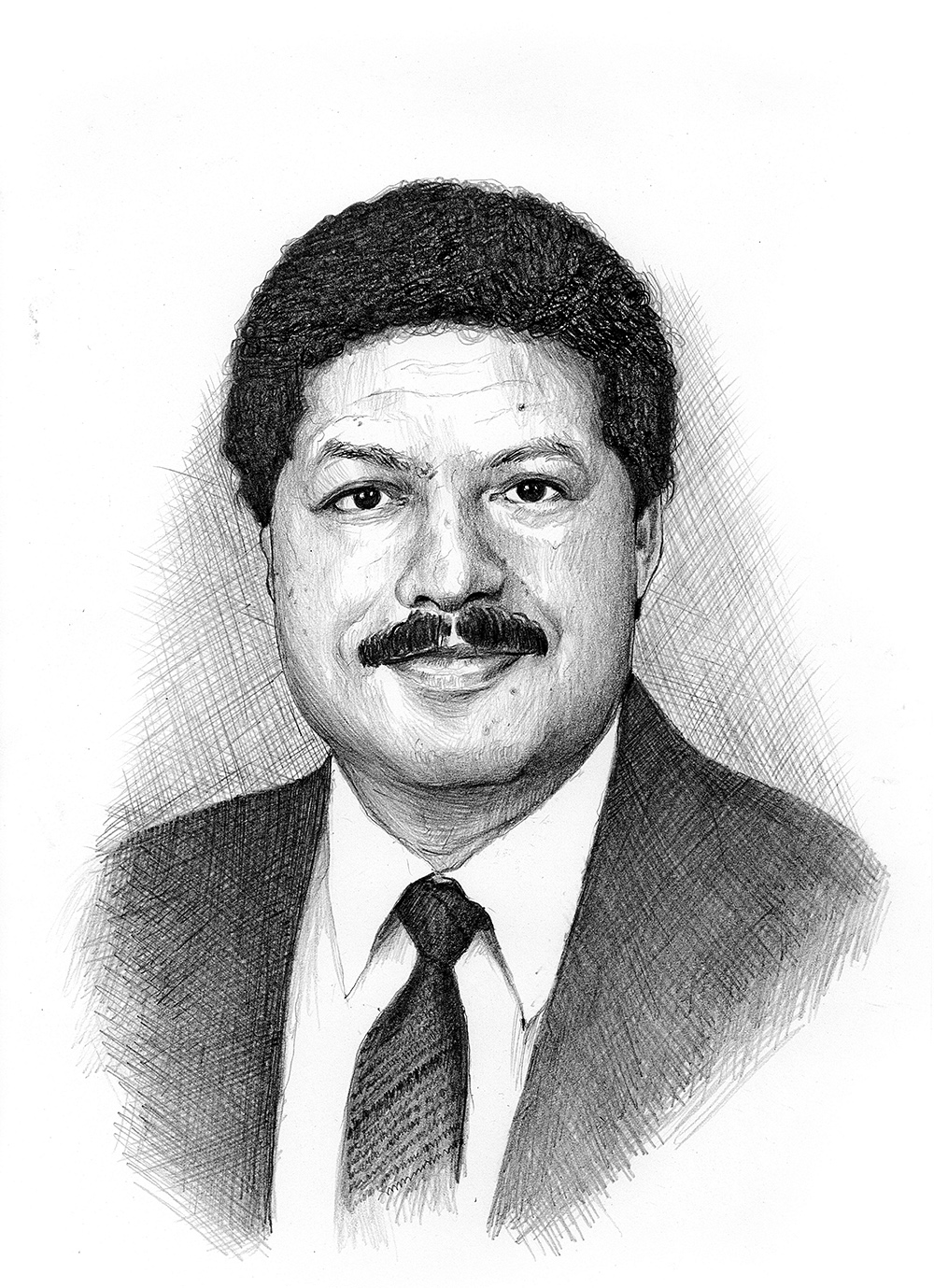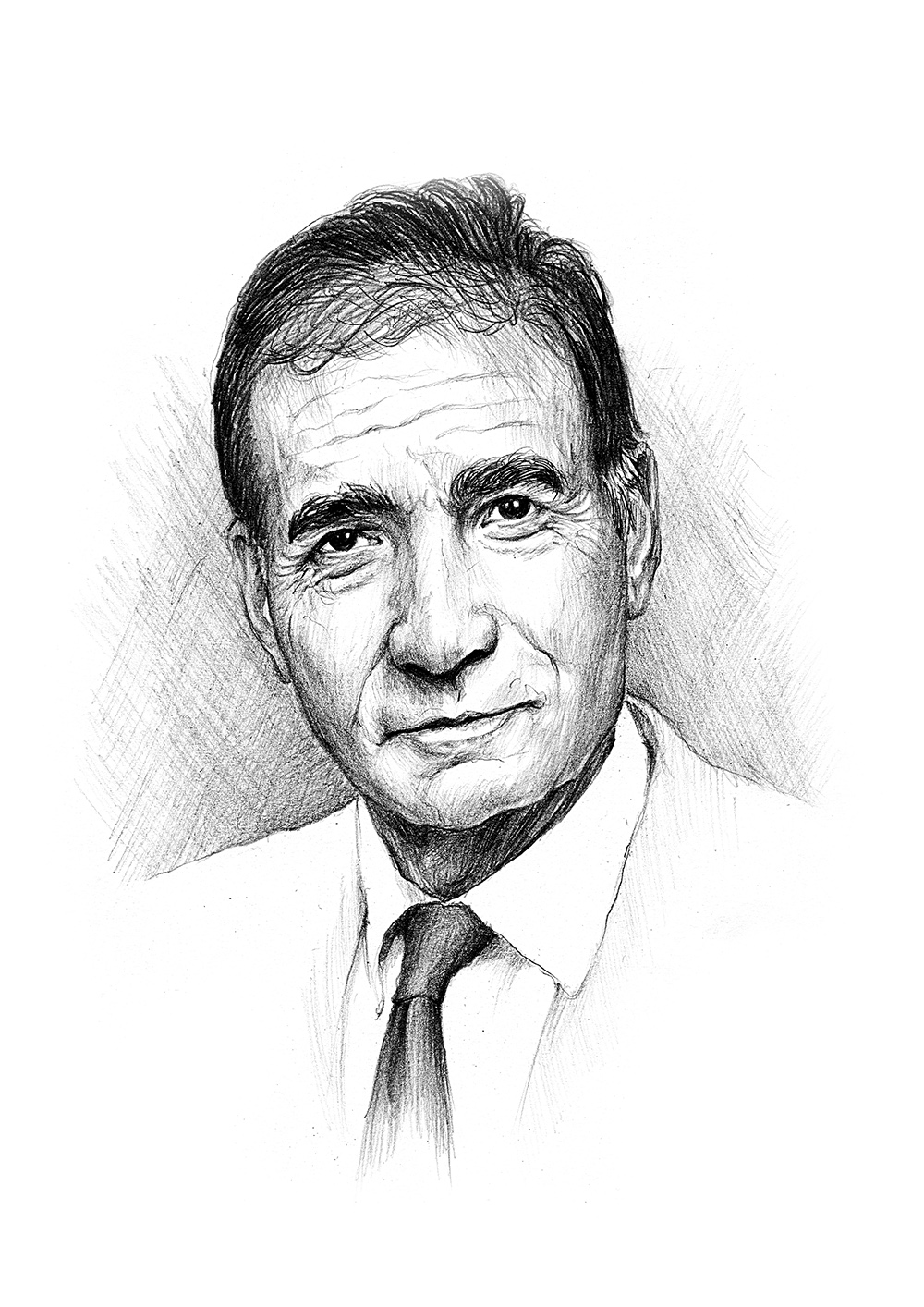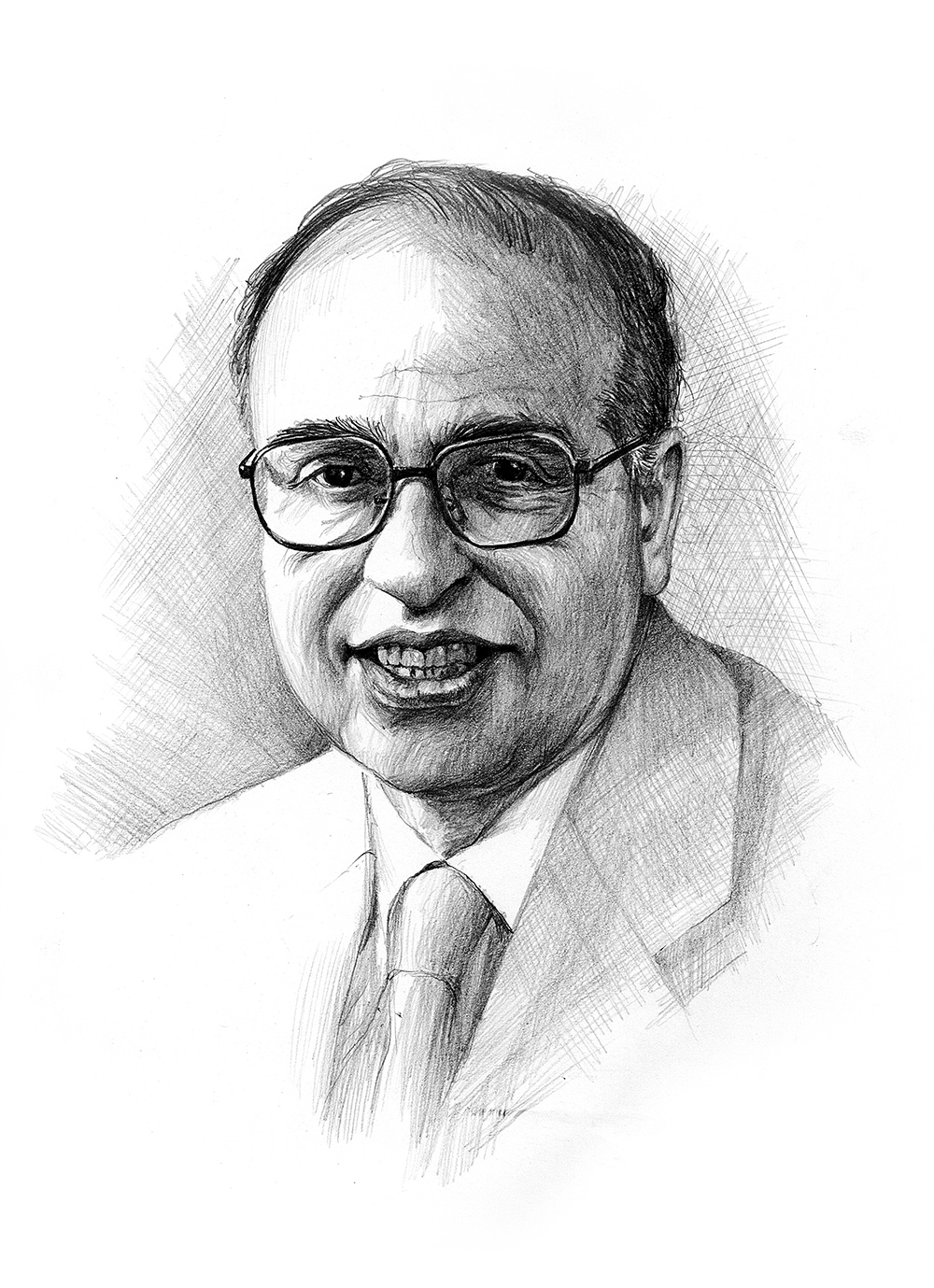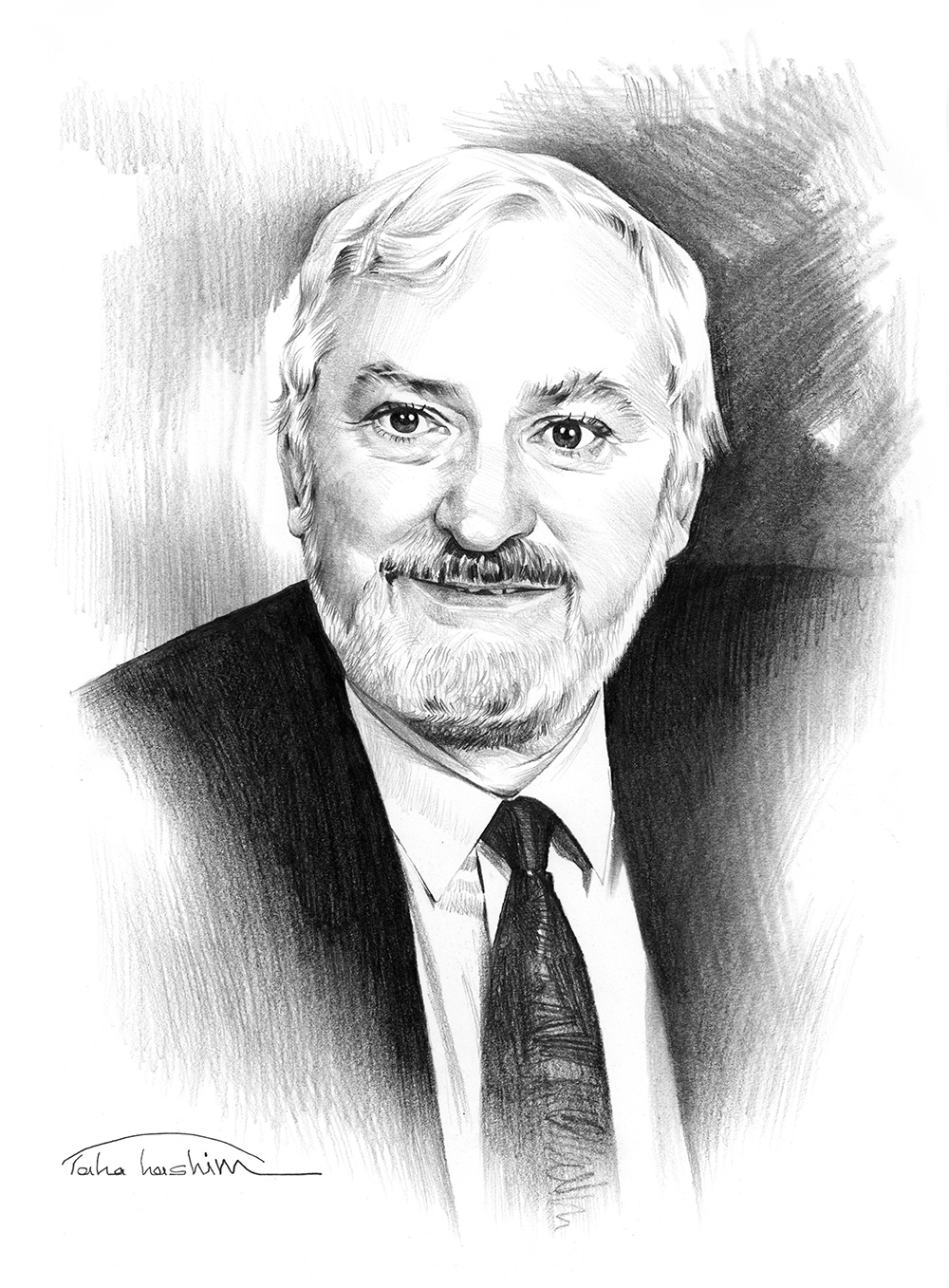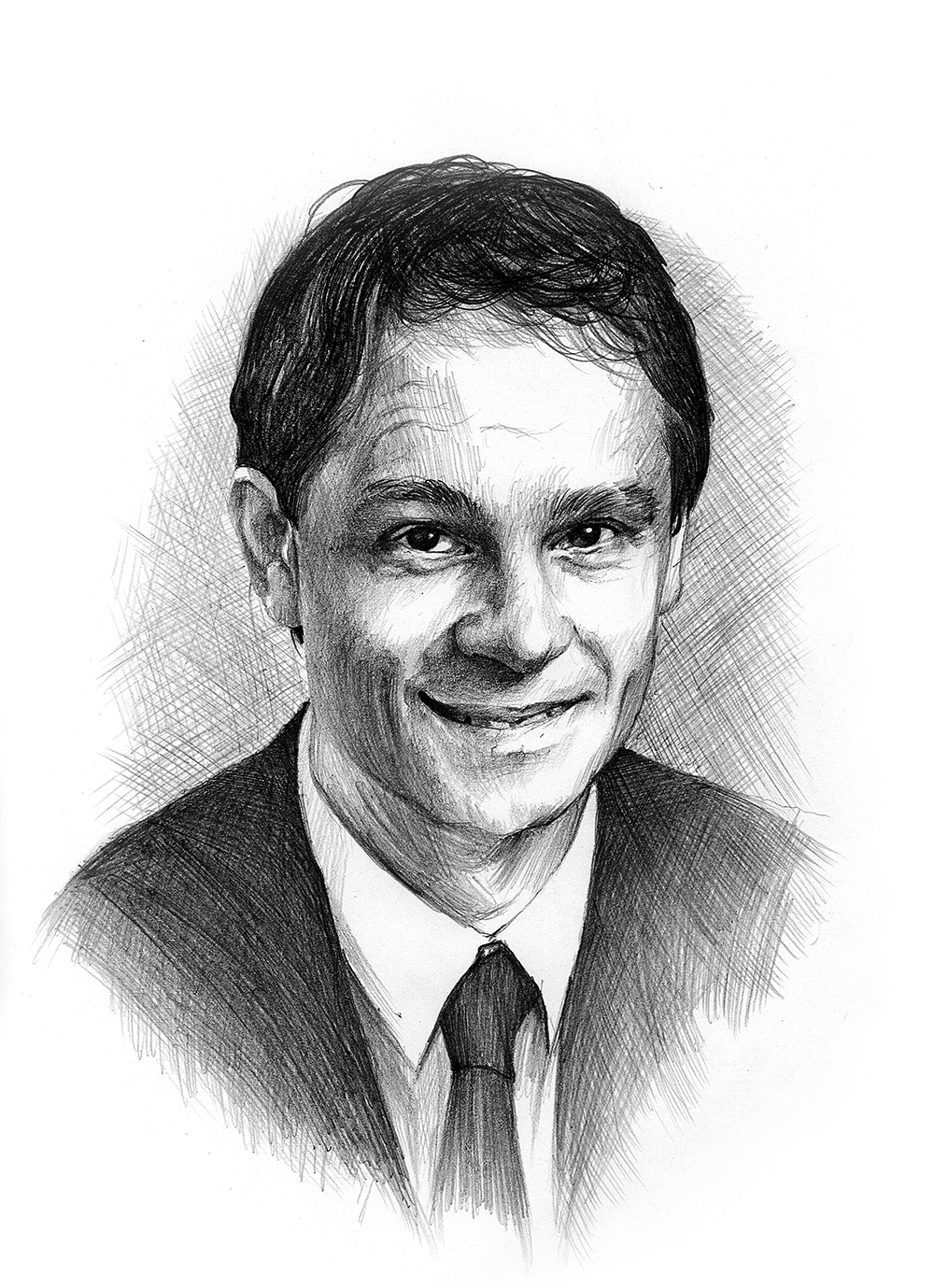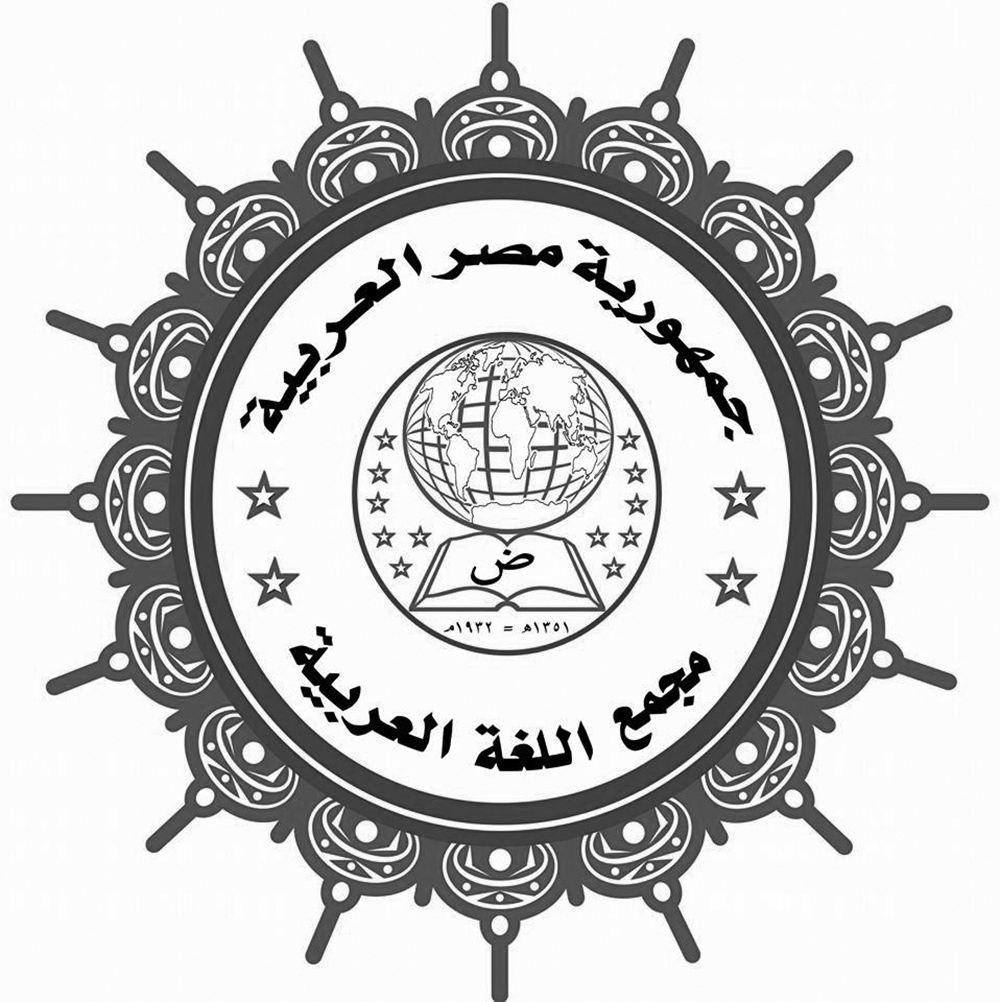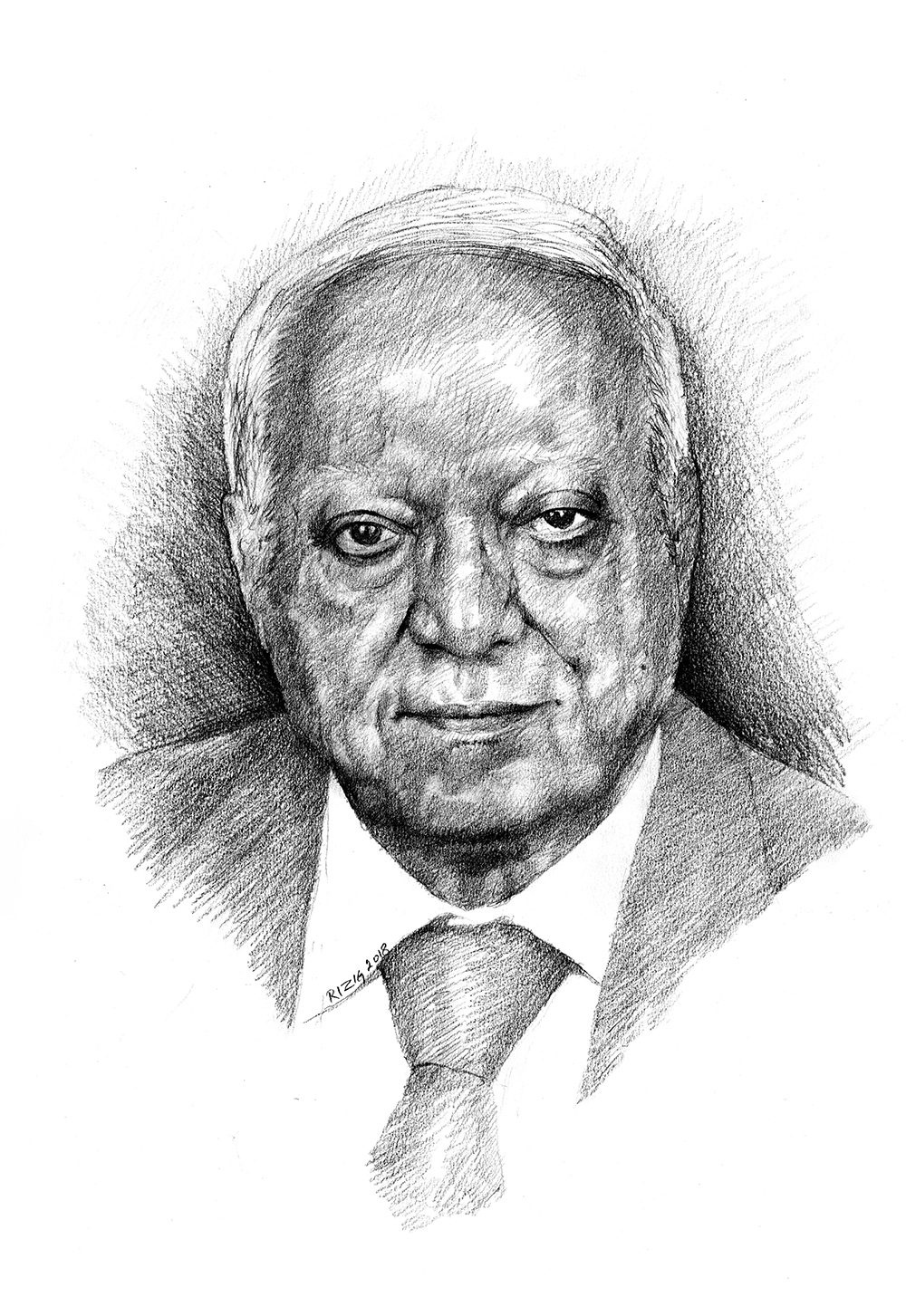Arabic language advocates in Egypt strived for many decades to create an Arabic Language Academy that would advance Arabic, preserve its heritage and explore new horizons for its progress and modernization. The first attempts to establish the academy date back to the latter part of the 19th Century, A.D., but did not last long despite repeated attempts to revive it. The dream of Egyptian intellectuals and literati came true when a Royal Decree was issued on December 13, 1932, endorsing the establishment of an Arabic Language Academy in Cairo to maintain the integrity of the Arabic language, fulfill the needs of sciences, arts and modern civilization, produce comprehensive linguistic and historical dictionaries, study modern Arabic dialects in Egypt and other Arab countries, publish a journal of linguistic research and verify the riches of Arabic cultural heritage.
The Academy was formed of an elite international group of Arabic language scholars renowned for their profundity and deep knowledge of Arabic language, grammar, dialects and terminology. They comprised Egyptian and non-Egyptian scholars and Arabists, including honorary and corresponding members. The Academy issued several resolutions with far-reaching impact on the development of scientific terminology, Arabization, phonetics, enunciation and morphology of the Arabic language. In this manner, it was possible for the Arabic language to readily accommodate life sciences, modern civilization, applied sciences and technology.
The Academy’s contributions to linguistics and Arabization of literature and science continued and advanced progressively in many fields, while its resolutions were revised and reorganized as necessary, The Academy became fully autonomous, with specific objectives and procedures and with a 40 members office and several specialized committees, experts and editors.
The Academy holds an annual conference during which its members, including corresponding members from abroad, review the works of the Academy’s committees as well as the members research, studies and lectures on a wide range of important subjects in linguistics, sciences, literature and arts, facilitation of grammar, Arabic writing, scientific and media languages, classical, colloquial and modern Arabic, in addition to Arabic scientific terminology and heritage. The conference resolutions and recommendations are conveyed to other Arabic language academies, universities and relevant ministries in the Arab world.
The Academy also established a library holding more than 40,000 titles in different fields of knowledge, Arabic language, literature, ancient and modern sciences and applied arts, in addition to a wealth of rare ancient manuscripts (original or microfiche copies), encyclopedias and hundreds of classic texts and references dealing with interpretation (of the Holy Quran, Quranic studies, Hadith (Prophet Mohammed’s sayings), fiqh (Islamic jurisprudence), philosophy and logic. The library’s contents are carefully cataloged and stored in computerized databases. The library also contains a register of more than 170,000 terms classified into 37 different categories of knowledge. All translated terminologies of arts and sciences approved by the Academy’s committees and conferences are recorded in compact discs and distributed to other Arabic language academies, cultural institutions and the media throughout the Arab world.
The Academy also publishes a bi-annual journal of which more than a hundred issues have so far been published. Besides, it publishes its conference proceedings. books and papers in different fields of research.
In addition to these major contributions, the Cairo Arabic Language Academy has produced, in collaboration with many experts over the past 80 years, a large collection of general and specialized Arabic Language dictionaries, including the Grand Dictionary, the Intermediate Dictionary, the Concise Dictionary and the Dictionary of Quranic expressions. These illustrious dictionaries cover linguistics, literature, grammar, eloquence, morphology, philosophy, history, geography, psychology, life sciences, arts, medicine, mathematics and civilization. They are characterized not only by their diversity and fulfillment of the needs of different Arabic language users but also by linking contemporary Arabic language with its past and by utilizing modern techniques and methodologies in dictionary production.
This biography was written in the year the prize was awarded.

